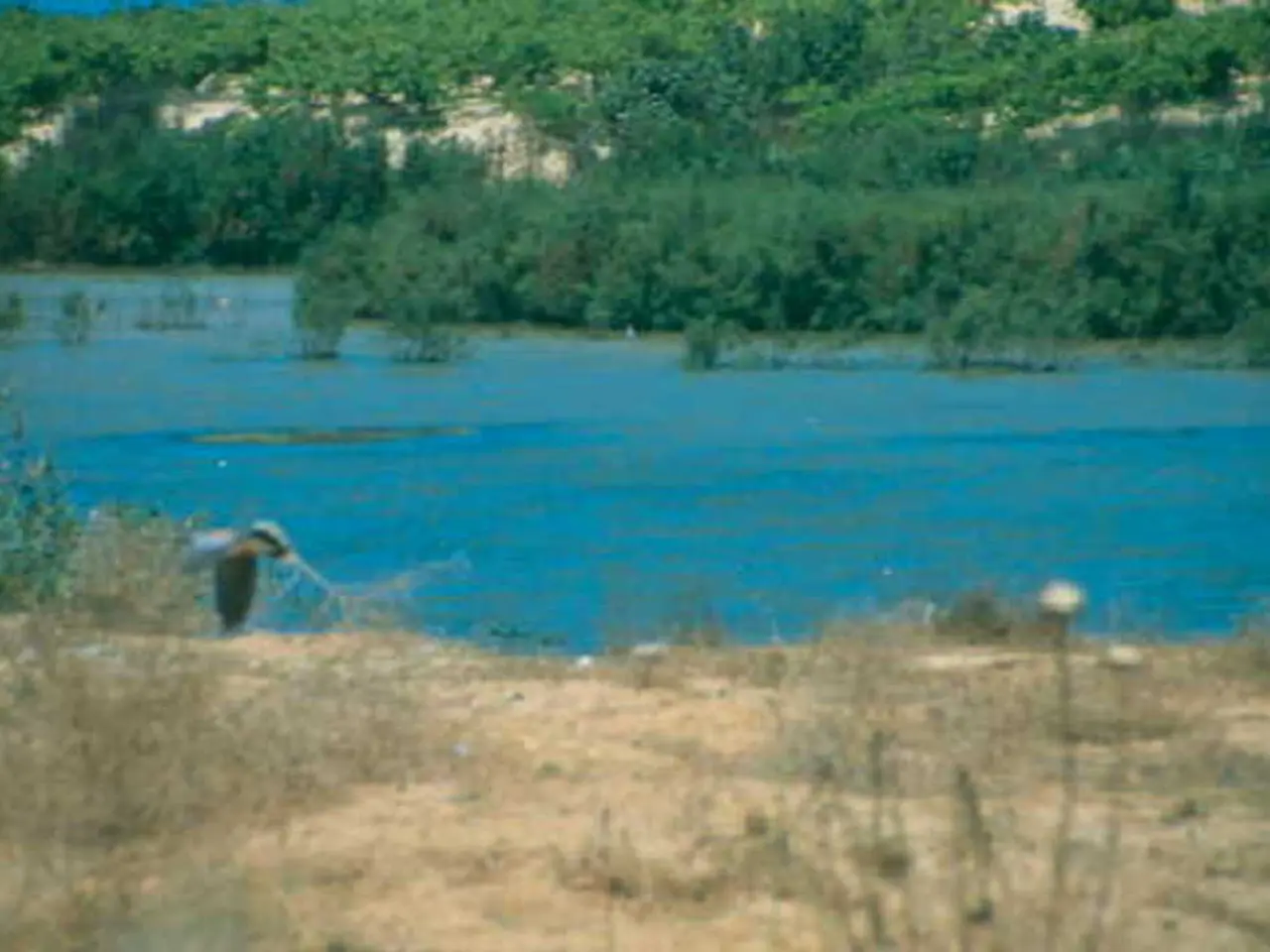Affordable Landscaping Options Resistant to Drought for Water and Budget Conservation
Drought-tolerant landscaping, or xeriscaping, is an economical way to create a stunning, low-maintenance yard that conserves water. Here's a cost-effective guide, featuring recommended plants, smart irrigation, and mulch strategies for water-wise gardening.
Plant Selection
Choosing plants that are native to your region or drought-tolerant is essential. These plants are already adapted to local soil, rainfall, and temperatures, requiring little supplemental water once established.
Native Plants Native gardens are vibrant, attract pollinators, and are virtually maintenance-free after the first year. You can find a variety of native plants at the Shop Platform.
Drought-Tolerant Perennials and Shrubs Popular options include lavender, artemisia, sedum (stonecrop), creeping thyme, and clover. These plants thrive in poor soil with little water and add colour and texture to your landscape.
Succulents and Ornamental Grasses Succulents (like agave and echeveria) and native grasses significantly reduce watering needs and add texture and colour to your landscape.
Irrigation Solutions
Drip Irrigation
Drip systems deliver water directly to plant roots, minimizing evaporation and runoff. They are affordable to install and can be paired with timers for efficiency. A drip irrigation system can be easily installed and customized.
Rainwater Harvesting
Collect rainwater in barrels for supplemental irrigation—simple and free.
Smart Grouping
Group plants with similar water needs together to avoid overwatering some areas while underwatering others. Choosing plants with similar water needs helps avoid overwatering waste.
Mulch and Ground Covers
Organic Mulch
Use inexpensive organic mulches like wood chips, straw, or shredded bark to retain soil moisture, suppress weeds, and regulate soil temperature.
Gravel and Decomposed Granite
These inorganic mulches are affordable, long-lasting, and ideal for arid climates. Gravel paths and decomposed granite surfaces are permeable, weed-resistant, and require no water.
Low-Grow Ground Covers
Swap traditional turf for clover, creeping thyme, or sedum—these stay green with minimal water and reduce mowing. Groundcover plants like creeping sedum, ice plant, periwinkle, and creeping thyme can protect bare areas from water loss, minimise weeds, and regulate soil temperature.
Hardscape Alternatives
Rock Gardens
Incorporate local stones and boulders with drought-tolerant plants for a natural, water-wise garden. Rock gardens are visually striking, require almost no water, and can be installed for as little as $460–$1,000 for a 200-square-foot area.
Pavers and Paths
Use decorative pavers or gravel for patios and walkways—durable, low-maintenance, and water-free.
Trees for Water Conservation
Native Trees
Select drought-tolerant native trees suited to your region. Examples in California include coast live oak and California sycamore, but local nurseries can recommend species for your area. Trees like American Elm, Crape Myrtle, Catalpa, or Redbud provide a spreading canopy that shades an area and helps prevent the sun's rays from boiling away moisture. They can be found at Fast Growing Trees.
Drought-Tolerant Ornamentals
Consider trees like mesquite, palo verde, or crape myrtle in appropriate climates—these require little water once established.
Cost-Saving Tips
- Buy Local: Local nurseries often carry native plants and stones at lower prices, and staff can offer region-specific advice.
- DIY Installation: Many of these projects (mulching, gravel paths, drip irrigation) are DIY-friendly.
- Rebates: Check for local xeriscaping or water conservation rebates to offset costs.
- Seasonal Planting: Mix plants with different bloom times for year-round colour and interest.
By combining these strategies, you can create an attractive, water-wise landscape that’s easy on your wallet and the environment.
[1] Extension Office Website [2] Fast Growing Trees Website [3] Shop Platform Website [4] Local Nursery Website [5] DIY Network Website
- In the realm of environmental science, choosing native plants or drought-tolerant perennials like lavender and artemisia for your xeriscaping project is vital, as these plants are adapted to local soil, rainfall, and temperatures, requiring minimal supplemental water once established.
- Adopting sustainable living practices in home-and-garden projects can lead to significant water savings. Implementing irrigation solutions such as drip irrigation and rainwater harvesting, along with mulch strategies, can help conserve water and reduce the demand on your home's supply.
- To create a stunning, low-maintenance yard that delights both the eyes and the wallet, you may consider incorporating hardscape alternatives like rock gardens and paver paths into your landscape design, as they require almost no water and can be visually striking.




